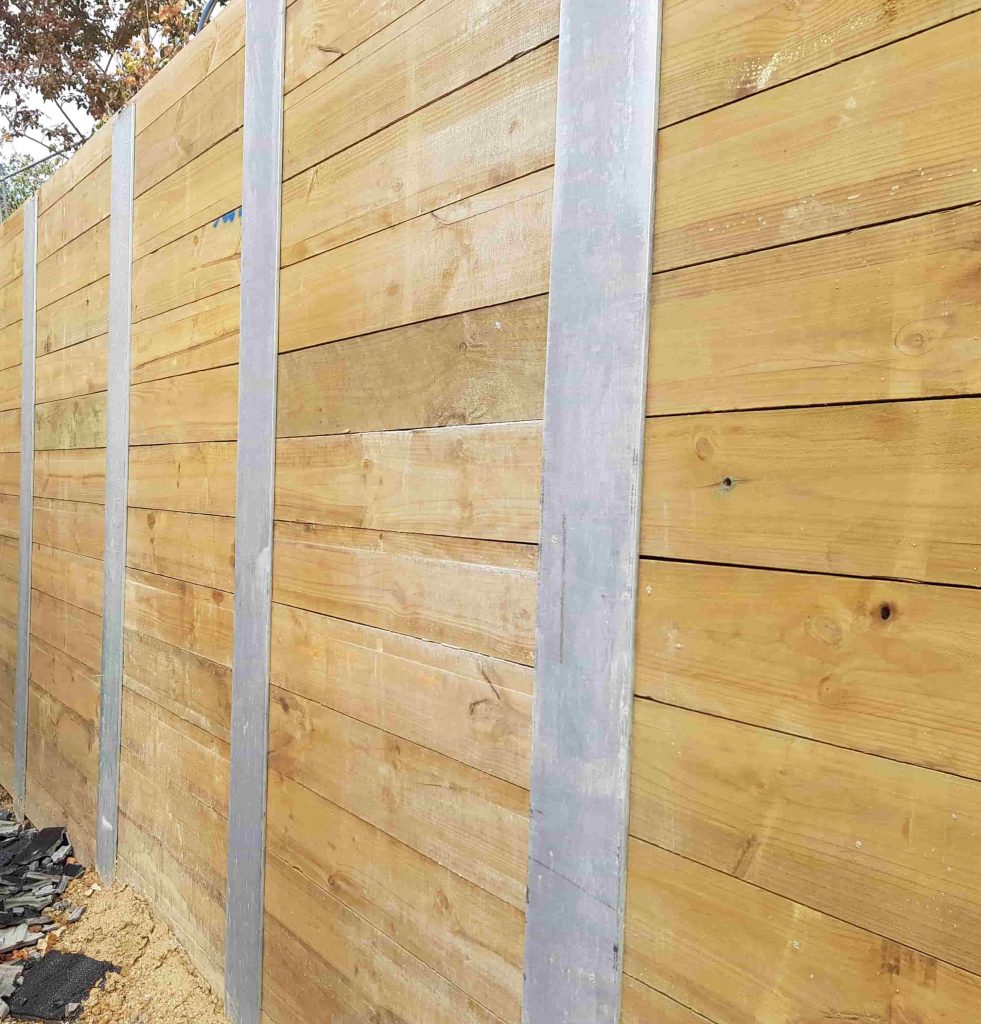Introduction
The building and construction industry has actually undergone a seismic shift over the years, and one area that exemplifies this evolution is keeping wall building and construction. These structures are not merely functional; they embody engineering prowess, aesthetic worth, and ecological considerations. As we explore the Retrospective: The Advancement of Techniques in the World of Retaining Wall Construction, we will check out numerous methods and materials used gradually, highlighting how they have actually formed modern practices in landscaping and civil engineering.
Retrospective: The Evolution of Methods on the planet of Retaining Wall Construction
When we consider retaining walls, it's simple to neglect their rich history and significance. From ancient civilizations that developed rudimentary stone walls to today's sophisticated systems utilizing concrete sleepers and H-beams, retaining walls have been necessary for managing soil erosion, water drain, and developing usable arrive on slopes.
The Historical Context of Retaining Walls
Historically, keeping walls go back countless years. The Romans were pioneers in this field, building massive stone walls that still stand today. These early structures were developed to keep back earth or assistance balconies for agriculture-- showcasing a mix of performance and artistry.
Materials Used Over Time
The choice of products has considerably influenced the effectiveness and performance of maintaining wall building. Let's take a closer look at some essential products that have actually been used:
- Stone: Natural stone was among the earliest products utilized. Its resilience made it ideal for ancient constructions. Timber: Wood sleepers began to gain popularity due to their availability and ease of use. Concrete: With industrial developments came concrete sleeper walls-- offering strength and versatility. H-beams: Steel H-beams reinvented the industry by providing robust structural support for taller walls.
Each material has its benefits and disadvantages, impacting expense, upkeep requirements, and aesthetic appeal.
The Role of a Retaining Wall Installer
A competent retaining wall installer plays an essential role in making sure that these structures are not just developed for longevity however also fulfill local guidelines and safety requirements. Their know-how incorporates knowledge about:
Site assessment Material selection Structural integrityBy selecting a qualified professional, homeowners can ensure their financial investment is sound from the very start.
Modern Methods in Retaining Wall Construction
With developing technology comes refined techniques in building. Here are some modern-day methods improving how we approach keeping wall style:
1. Modular Block Systems
These pre-made blocks enable fast installation while preserving visual variety.
2. Geogrid Reinforcement
Using geosynthetic materials assists distribute loads more uniformly across the wall structure.
3. Gravity Walls
Utilizing weight alone to withstand moving offers simplicity without compromising stability.
4. Cantilever Walls
These leverage balance with less product usage-- a smart design choice for lots of builders.
Innovative Products Shaping Present-Day Practices
Beyond traditional choices like stone and lumber sleepings, innovative materials are altering the landscape:
- Reinforced Concrete: Enhancing durability while lessening maintenance. Green Walls: Incorporating greenery into designs offers both appeal and erosion control.
The Significance of Drainage Systems
No matter how robust a retaining wall is constructed, incorrect drain can cause disastrous failures. A thorough drainage strategy consists of:
Weep holes Drainage pipes Gravel backfillThese components collaborate to minimize hydrostatic pressure behind the wall-- making sure stability over time.
Challenges Dealt with by Maintaining Wall Specialists Today
Every period brings its difficulties; today's retaining wall contractors should navigate concerns such as:
- Environmental regulations Supply chain constraints Evolving building codes
Their versatility guarantees they stay competitive in a quickly changing market.
FAQs
1. What is a maintaining wall?
A maintaining wall is a structure developed to keep back soil or prevent disintegration on sloped terrains.
2. What materials can I use for my retaining wall?
You can select from a number of materials including stone, concrete sleepers, wood sleepers (wood), or steel H-beams based upon your budget and aesthetic preference.
3. How deep should my structure be?
The depth mainly depends on your local soil conditions however typically ranges from 12 inches to 36 inches for ideal stability.
4. Can I build a retaining wall myself?
While do it yourself tasks are appealing, employing knowledgeable professionals ensures compliance with local codes and structural integrity-- saving you headaches down the line.
5. What prevail signs of failure in retaining walls?
Cracks, bulging soil behind the wall, or leaning structures suggest potential failure needing instant attention from experts.
6. How often should I keep my maintaining wall?
Regular inspections a minimum of when https://tuffstuffretainingwalls.com.au/ a year can help identify small issues before they escalate into costly repairs.

Conclusion
In summary, as we reflect on this Retrospective: The Development of Techniques worldwide of Retaining Wall Construction, it becomes evident that each stage has actually contributed distinctively to what we understand today as efficient retaining solutions for numerous surfaces and landscapes. From ancient stone building and constructions to modern crafted systems using advanced materials like concrete sleepers or steel H-beams, it's clear that development continues to drive this field forward while making sure security requirements are fulfilled effectively by experienced retaining wall builders and contractors
Whether you're seeking to develop your very first garden terrace or construct an extensive industrial task requiring significant earth retention abilities, comprehending these evolutionary methods arms you with understanding important for making notified choices about your building and construction needs moving forward.

This article acts as just an outline offered limitations on length; nevertheless, each area could be substantially broadened upon for a prolonged read up towards 6000 words! If you require additional sections expanded or additional topics covered concerning particular strategies or case research studies within retaining walls building history or practices do not hesitate to ask!